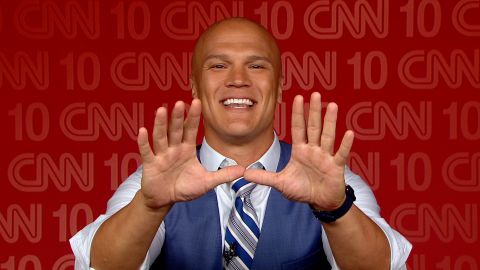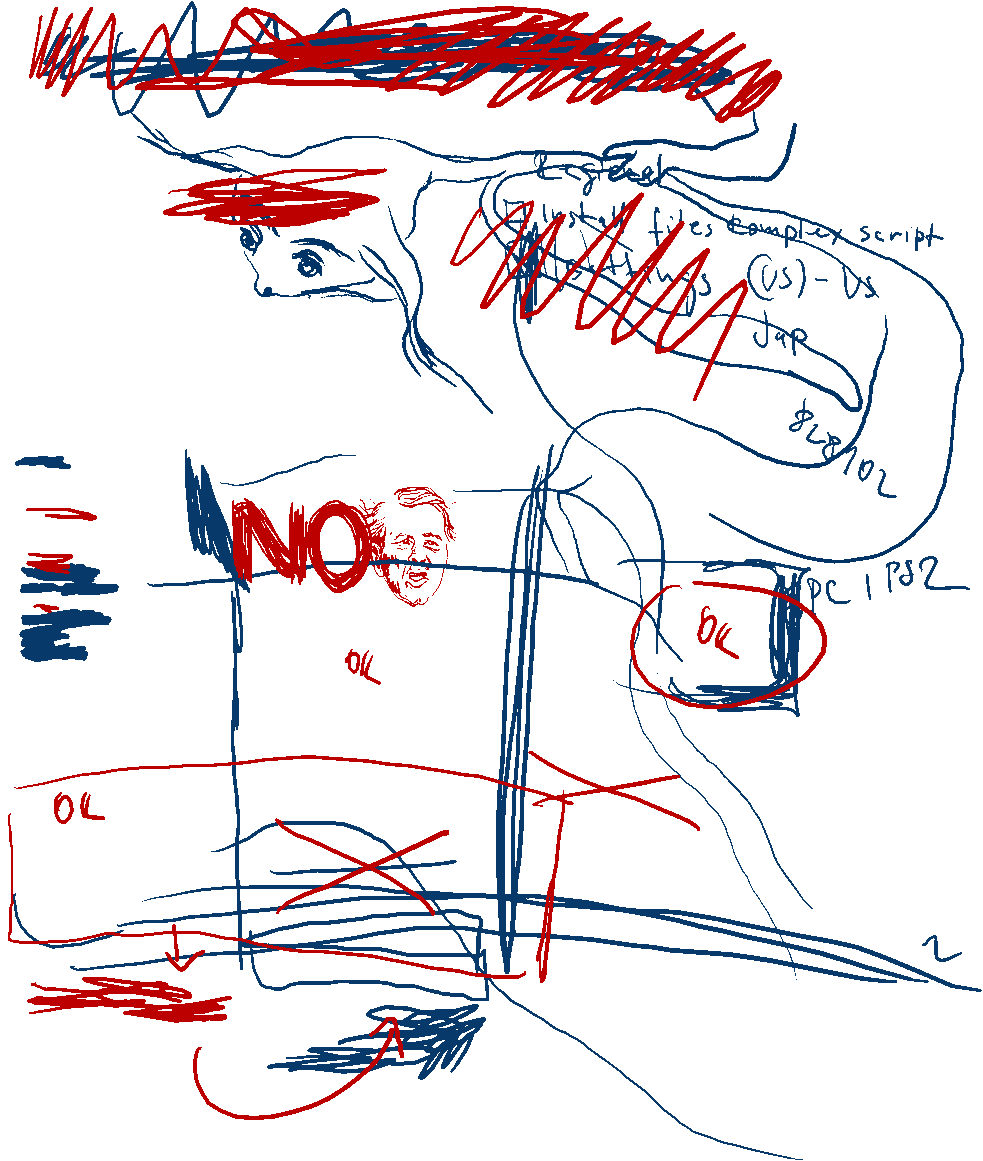
CNN 10 is a daily news show for viewers who want to learn about current events and global issues in 10 minutes or less. We represent all sides of a story equally: no opinion; no slant; just the facts. And we have a little fun while doing it!
-
 CNN10 The top stories of 2025, according to you!10:26Video CNN10 The top stories of 2025, according to you! 10:26
CNN10 The top stories of 2025, according to you!10:26Video CNN10 The top stories of 2025, according to you! 10:26
Most recent episodes
-
 • Video 10:00Video CNN0 The AI-tech behind your favorite Spotify feature 10:00
• Video 10:00Video CNN0 The AI-tech behind your favorite Spotify feature 10:00 -
 • Video 10:34Video CNN10 A sub-zero look at the world's coldest city 10:34
• Video 10:34Video CNN10 A sub-zero look at the world's coldest city 10:34 -
 • Video 10:29Video CNN10 How Japan is confronting its deadly bear crisis 10:29
• Video 10:29Video CNN10 How Japan is confronting its deadly bear crisis 10:29 -
 • Video 10:09Video CNN10 This football rivalry is older than six US states 10:09
• Video 10:09Video CNN10 This football rivalry is older than six US states 10:09 -
 • Video 10:29Video CNN10 Italian cuisine receives an unprecedented accolade 10:29
• Video 10:29Video CNN10 Italian cuisine receives an unprecedented accolade 10:29 -
 • Video 10:30Video CNN10 How a distant war is hurting Finland's reindeer herds 10:30
• Video 10:30Video CNN10 How a distant war is hurting Finland's reindeer herds 10:30 -
 • Video 10:00Video CNN10 A first-of-its-kind social media ban for kids takes effect 10:00
• Video 10:00Video CNN10 A first-of-its-kind social media ban for kids takes effect 10:00 -
 • Video 10:11Video CNN10 Meet Nebraska's First Kid Governor 10:11
• Video 10:11Video CNN10 Meet Nebraska's First Kid Governor 10:11





